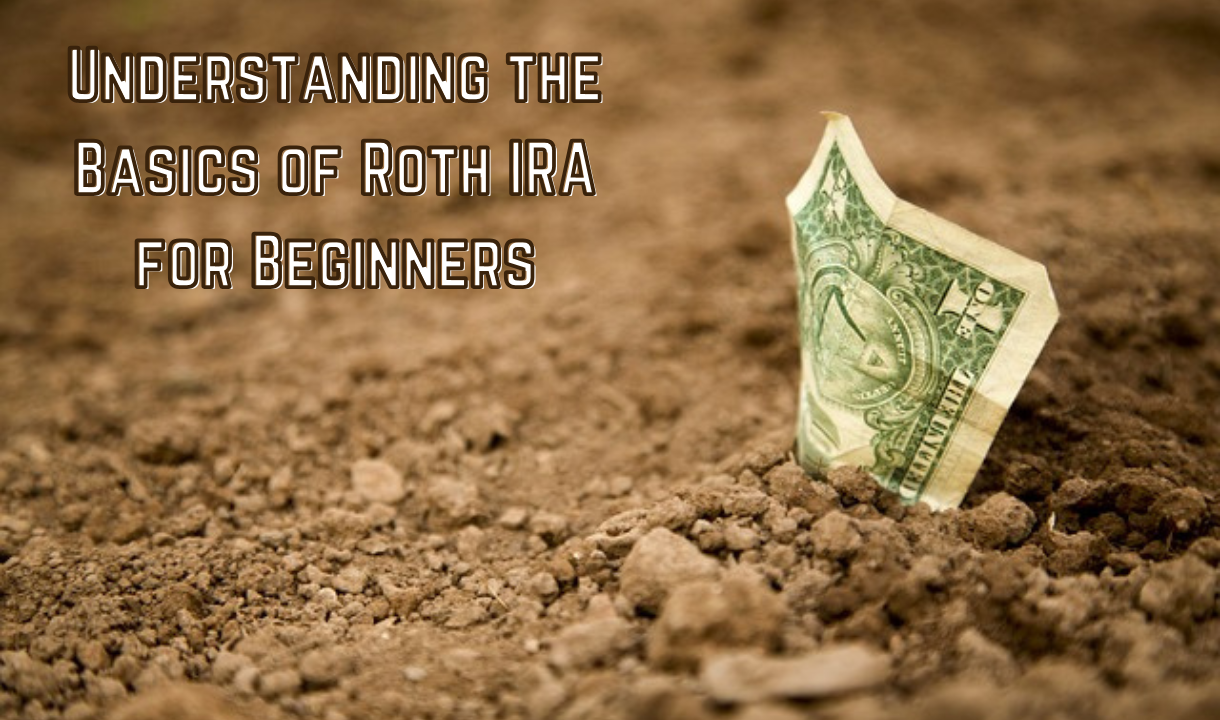Understanding the Basics of Roth IRA for Beginners
A Roth IRA is a powerful retirement savings tool that offers significant tax advantages and financial flexibility. For beginners, understanding the fundamentals of a Roth IRA can unlock new opportunities to grow wealth while minimizing future tax burdens. In this guide, we will delve deep into the core concepts of Roth IRAs, covering eligibility, contribution limits, tax benefits, withdrawal rules, and strategic planning to maximize returns.
What is a Roth IRA?
A Roth IRA (Individual Retirement Account) is a tax-advantaged savings account that allows individuals to contribute after-tax income. Unlike traditional IRAs, where contributions are tax-deductible, Roth IRA contributions are made with money that has already been taxed. The key benefit lies in the tax-free growth and tax-free withdrawals during retirement, provided certain conditions are met.
Eligibility Criteria for a Roth IRA
To open and contribute to a Roth IRA, individuals must meet specific income requirements. These thresholds are adjusted annually to account for inflation. For 2024, the income limits are as follows:
- Single filers: Full contributions allowed with modified adjusted gross income (MAGI) below $138,000. Phase-out begins at $138,000 and ends at $153,000.
- Married filing jointly: Full contributions with MAGI below $218,000. Phase-out starts at $218,000 and caps at $228,000.
- Married filing separately: Contributions are limited if MAGI exceeds $10,000.
Individuals whose income exceeds these limits can explore strategies like the backdoor Roth IRA, which involves converting a traditional IRA into a Roth IRA.
Contribution Limits for 2024
The IRS sets annual limits on Roth IRA contributions. For 2024, the contribution limits are:
- Under age 50: $7,000 per year
- Age 50 and older: $8,000 per year (including a $1,000 catch-up contribution)
These limits apply across all IRAs an individual holds, meaning contributions to both a traditional and Roth IRA cannot exceed the stated cap.
Tax Advantages of a Roth IRA
One of the primary appeals of a Roth IRA is its tax-free growth and tax-free qualified withdrawals. Key tax benefits include:
- No tax on qualified distributions: Withdrawals of contributions are always tax-free. Earnings can also be withdrawn tax-free if the account has been open for at least five years and the account holder is 59½ or older.
- No required minimum distributions (RMDs): Unlike traditional IRAs, Roth IRAs do not require withdrawals at a certain age, allowing investments to continue compounding tax-free.
- Tax diversification: Roth IRAs provide a hedge against future tax increases, as distributions do not increase taxable income.
Withdrawal Rules and Penalties
Understanding withdrawal rules is crucial to avoid unnecessary taxes and penalties. Key guidelines include:
- Contributions can be withdrawn at any time, tax- and penalty-free.
- Earnings can only be withdrawn tax-free if the account is at least five years old and one of the following conditions is met:
- The account holder is 59½ or older
- The account holder becomes disabled
- The funds are used for a first-time home purchase (up to $10,000)
- Non-qualified withdrawals of earnings may incur a 10% penalty and be subject to income tax.
Strategic Planning for Roth IRA Contributions
Maximizing the benefits of a Roth IRA requires strategic planning and disciplined contributions. Here are several strategies to optimize your Roth IRA:
- Start Early: The sooner contributions begin, the longer the investments have to compound tax-free.
- Contribute Regularly: Consistent contributions, whether monthly or annually, enhance growth potential.
- Invest Aggressively: Since Roth IRAs grow tax-free, investing in high-growth assets like stocks can amplify returns.
- Use for Estate Planning: Roth IRAs can be passed on to heirs tax-free, making them an effective estate planning tool.
Roth IRA vs. Traditional IRA: Key Differences
Understanding the differences between a Roth IRA and a traditional IRA helps individuals choose the best account for their financial goals:
- Tax Treatment:
- Traditional IRA: Contributions are tax-deductible; withdrawals are taxed as ordinary income.
- Roth IRA: Contributions are not tax-deductible; qualified withdrawals are tax-free.
- RMDs:
- Traditional IRA: RMDs are required starting at age 73.
- Roth IRA: No RMDs during the account holder’s lifetime.
- Income Limits:
- Traditional IRA: No income limits for contributions.
- Roth IRA: Income limits apply, restricting high earners.
How to Open a Roth IRA
Opening a Roth IRA is a straightforward process:
- Choose a provider: Banks, brokerage firms, and robo-advisors offer Roth IRA accounts. Compare fees, investment options, and user experience.
- Fund the account: Transfer funds via direct deposit, bank transfer, or by rolling over funds from another retirement account.
- Select investments: Choose from stocks, bonds, mutual funds, and ETFs to align with your risk tolerance and retirement goals.
Conclusion(Understanding the Basics of Roth IRA for Beginners)
A Roth IRA is an invaluable component of a diversified retirement strategy, offering unmatched tax benefits and financial flexibility. By understanding the eligibility requirements, contribution limits, tax advantages, and withdrawal rules, beginners can make informed decisions to secure their financial future.
